Or search by topic
Number and algebra
Geometry and measure
Probability and statistics
Working mathematically
Advanced mathematics
For younger learners
Tangram Tangle



- Problem
- Getting Started
- Student Solutions
- Teachers' Resources
Ruth from Swanborne House School sent in a well-explained solution and I have added some diagrams to it:
When you take away the right-angled triangle, you are left with an irregular quadrilateral. This has one short side which is the same size as the short side of the triangle. If you put these two edges together you get a large triangle:
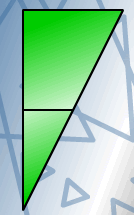
There are two remaining sides on the quadrilateral which are both the same size. If you match the triangle up with these sides (using the side which forms the right angle with the shorter side), you get either a parallelogram or another irregular quadrilateral:
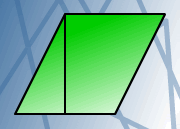 |
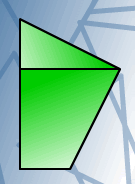 |
You can't use the fourth side of the irreguar quadrilateral again, because you get back to a square again. So we think you can only make three shapes, unless you are allowed to flip the pieces.
Thank you for a well thought out solution, Ruth.
A, from Zion Heights Junior High School, did look at what happens when you flip the pieces over. Here is what he or she said:
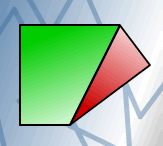
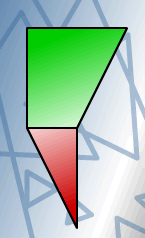
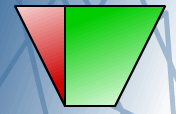

So, we've got seven new shapes altogether.
Heather from Cottenham Primary school sent us a picture of the shapes she made. She explained that her mummy helped with the names:
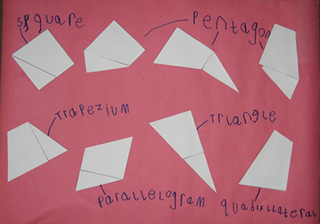
Well done to you all and thank you for sending us your work.
You may also like
Biscuit Decorations
Andrew decorated 20 biscuits to take to a party. He lined them up and put icing on every second biscuit and different decorations on other biscuits. How many biscuits weren't decorated?

